10 trademarks that have become household names
Sometimes using one or another product name, you think about its origin. We decided to reveal the secret of the formation of well-known words. Often, common names hide something more interesting than just markers or toilet bowls. The formation of a common name from a proper name occurs for two reasons: the lack of linguistic analogues or an unsuccessful author's name. From our material, you will learn which trademarks have turned into household names and how it happened.
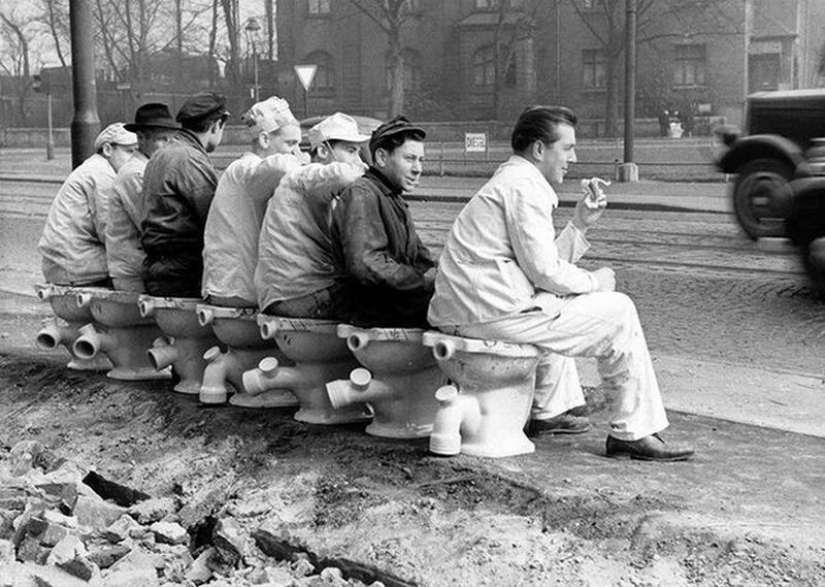
Today, few people think about the origin of a strange word. But everyone knows that "uncerify" means "make a copy". We call all copying equipment "copiers", although this is fundamentally wrong. The common name was formed from the name of a well-known brand. In 1947, the world leader in the production of office equipment Xerox bought the patent of a copier invented by physicist Chester Carlson. According to the scientist, the name of the invention comes from the Greek xerography, meaning "to write dryly".
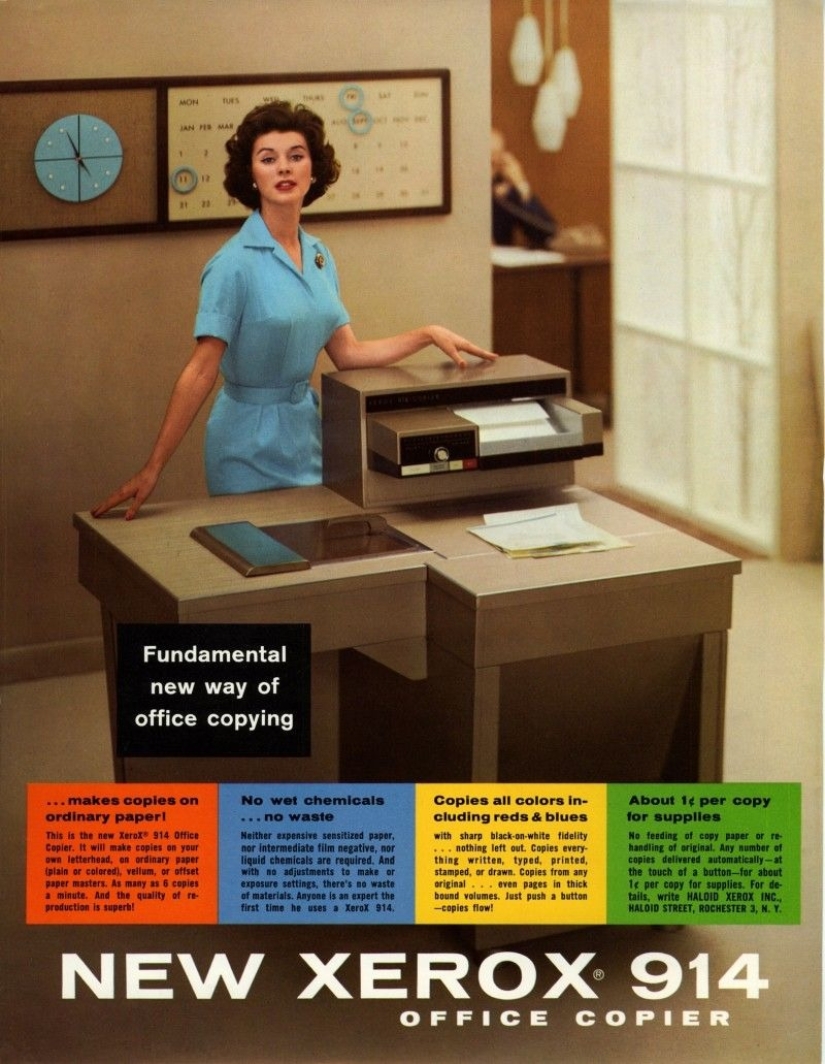
Xerox copiers worked better than others and produced excellent copies. Soon they displaced competitors' products from the market. The dominant position of the company led to the appearance of this common name. By the way, the British did not recognize the strange name. But in Russian, a copier is almost always called a copier, even if it is not Xerox at all. The company tried to eradicate the neologism, saying that Xerox is not necessarily a xerox. However, the Russians did not pay attention to this advertising campaign.
In March 1960, outlandish drawing devices appeared on the market. The Japanese brand Flo-master offered customers devices that write with bright paint. The liquid was fed to the felt tip. Yukio Hori invented the well-known felt-tip pens in 1942. However, a new product entered the European market only in 1960 with the light hand of the German company Edding.
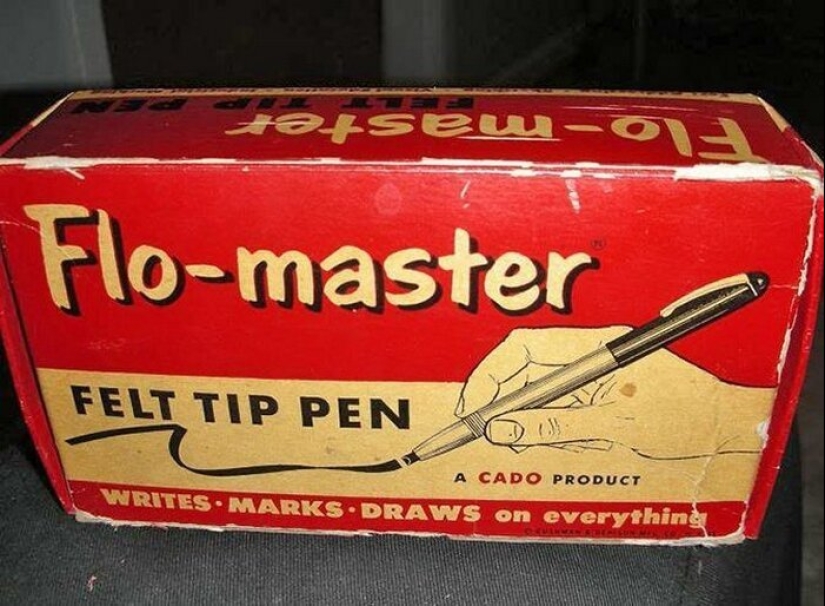
The British called the new writing device felt-tip pen. But this name has not caught on in other countries. In the Soviet Union, they began to be called felt-tip pens.
There are two versions of the origin of this word:
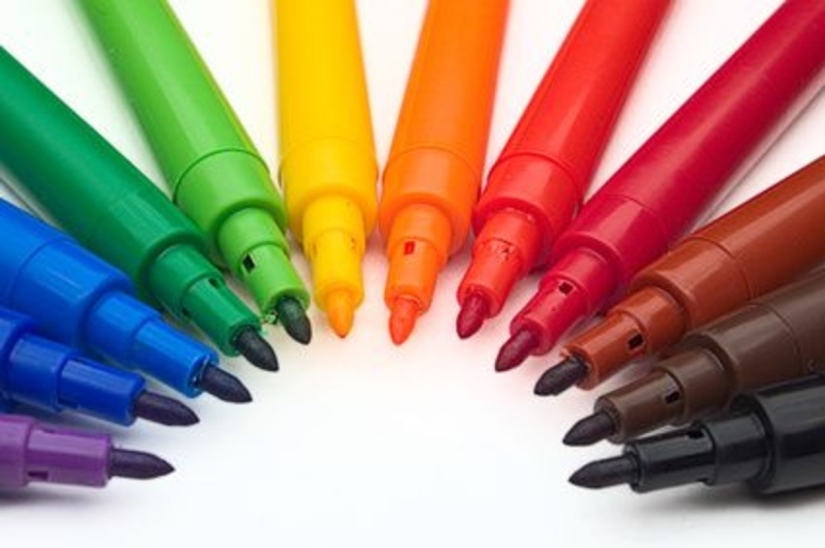
Whatever it was, today almost all over the world felt-tip pen is called felt-tip pens. As an experiment, you can check this in Google Translator.
Today, this oil refining product, which is used in cosmetic production, is known as petroleum jelly. However, few people know that Vaseline is a trademark of cosmetics company Unilever (previously owned by the inventors of vaseline Chesebrough-Ponds).
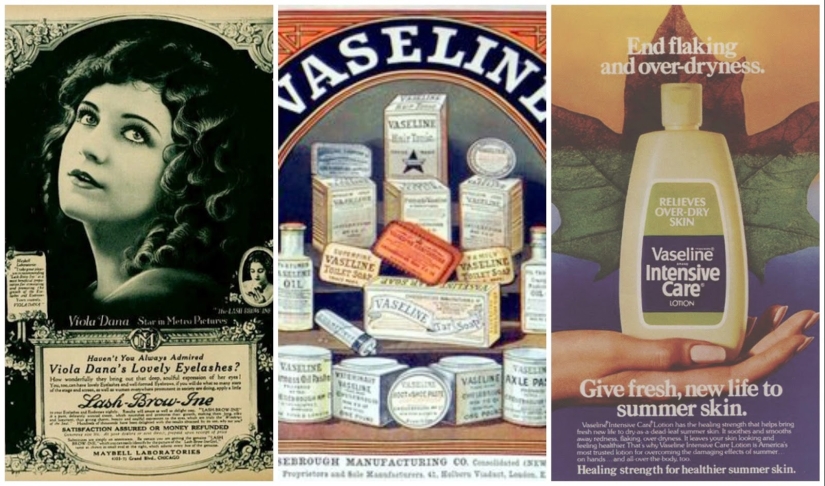
In 1859, the English chemist Robert Chesbro created an ointment without taste and smell from a mixture of mineral oil and solid paraffins. Initially, the inventor called the new product Petroleum Jelly. But the buyers did not appreciate this name. Then Robert decided to call his invention "vaseline", making up the name of two words: the German "wasser" - water and the Greek "elaion" - olive oil. In 1872, he received a US patent for the production of the product, and in 1878 patented vaseline as a trademark.
The name of this delicacy in all languages of the world has the same pronunciation. The origin of the word is explained by different versions.
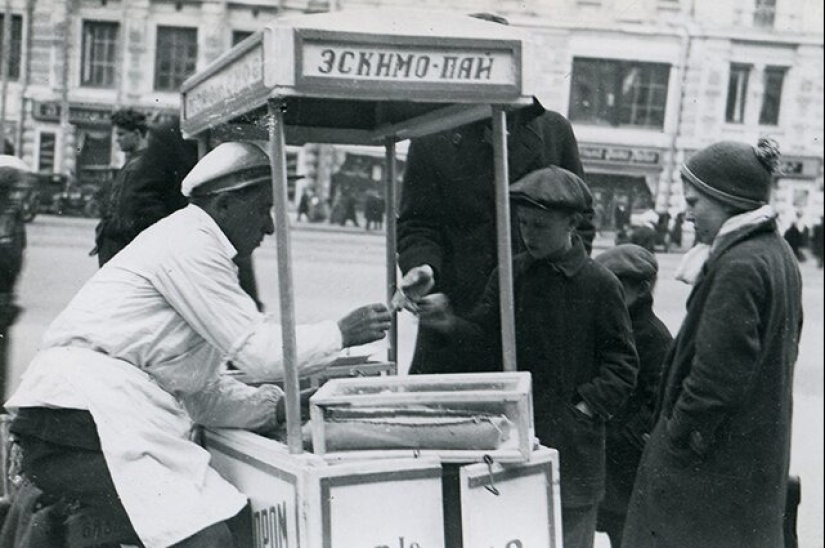
Some attribute the invention of the new name to pastry chef Christian Kent from Denmark. While making ice cream briquettes, he accidentally spilled chocolate icing. Awkwardness was the reason for the appearance of a wonderful dessert. The Dane called the delicacy an Eskimo pie - "eskimo pie". According to another version, the invention of the recipe is attributed to the American Christian Nelson, who patented "eskimo pie" in 1922.
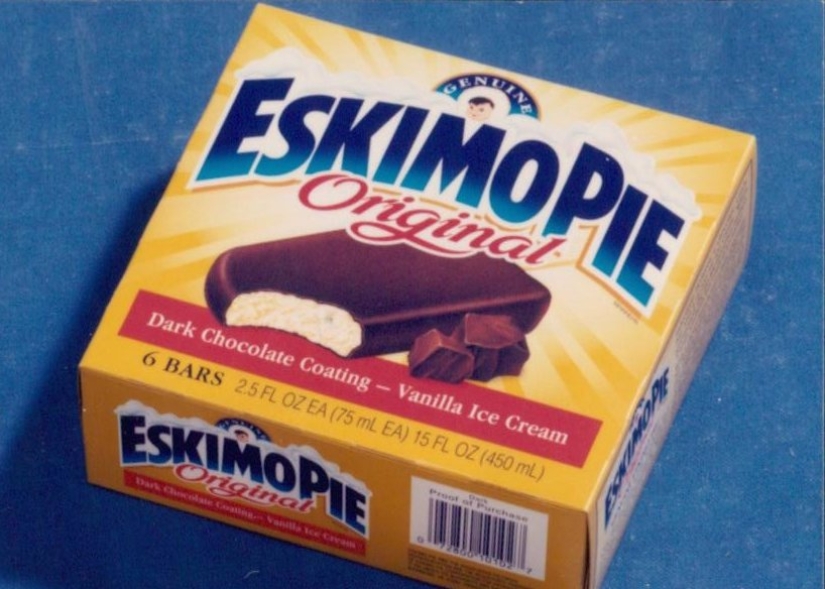
In 1934, the company Danon, which at that time was still called Gervais, was the first to release a popsicle on a stick. A treat with a wooden stick was also called an Eskimo pie. Later, the name of everyone's favorite dessert was shortened to "popsicle".
Until the end of the 19th century, "night vases" and other devices for small and large needs were used in Russia. The first prototype of the toilet appeared in 1773 thanks to the Englishman Thomas Krepper. The inventor has developed a special device for metered discharge of water. The simple device became the prototype of the toilet bowl.
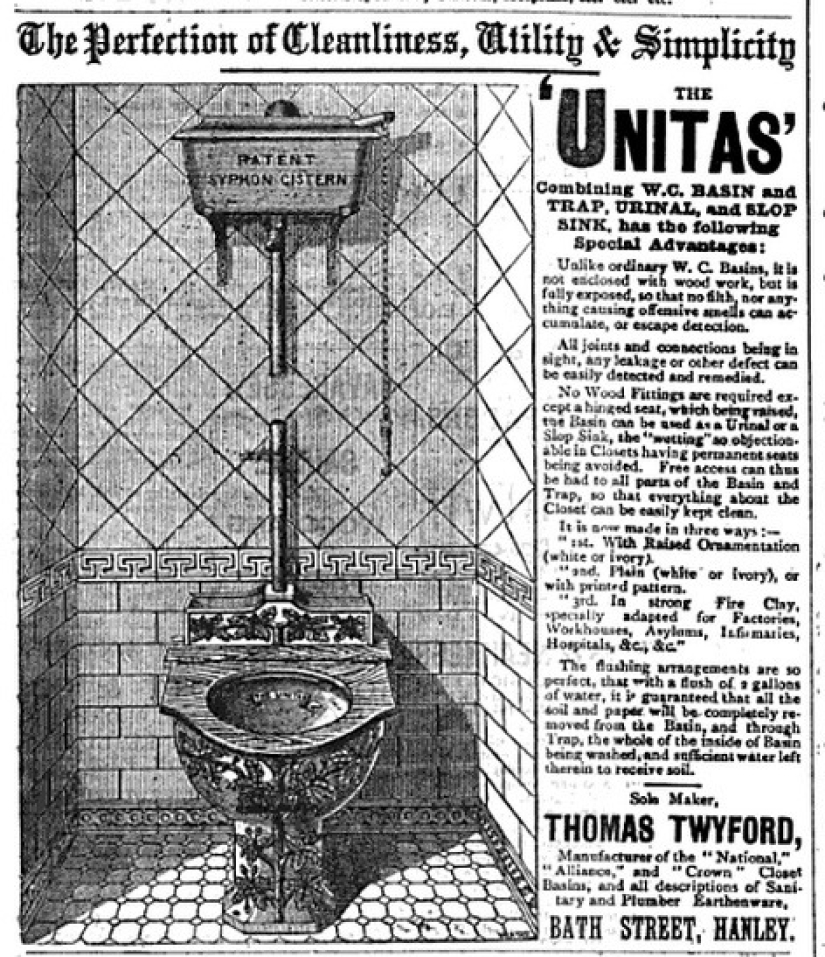
Another Englishman Thomas Twyford came up with the first analogue of the toilet. In 1851, he patented his unsightly device. In 1883, the inventor improved the toilet, presenting the world with a piece of plumbing made of faience. The novelty was called Unitas, which means "one", "whole". The London International Health Exhibition awarded the inventor a gold medal for his contribution to the development of hygiene.
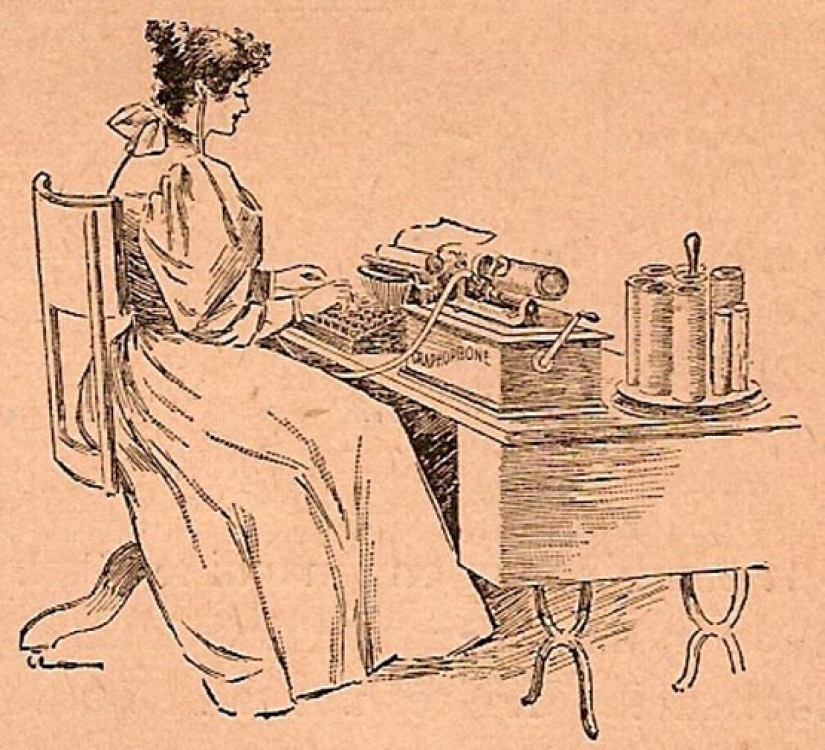
Two versions of the formation of the word "toilet" are officially recognized. The first refers to Thomas Twyford. The second is for the Spanish company Unitas. Initially, the company specialized in electrical supply, but since 1909 it has launched the production of toilet bowls. Spanish sanitary ware has gained huge popularity in Russia and Europe. The Russians have turned the brand name into a household name. In Ushakov's dictionary there is a second variant of the origin of the word toilet bowl.
Today, almost every mobile phone has a voice recording function. It's so familiar that it doesn't surprise at all. But more recently, the dictaphone was a separate device with its own power supply and data carrier. And a little more than a century ago, the dictaphone was a technically complex stationary mechanism that only commercial organizations could afford.
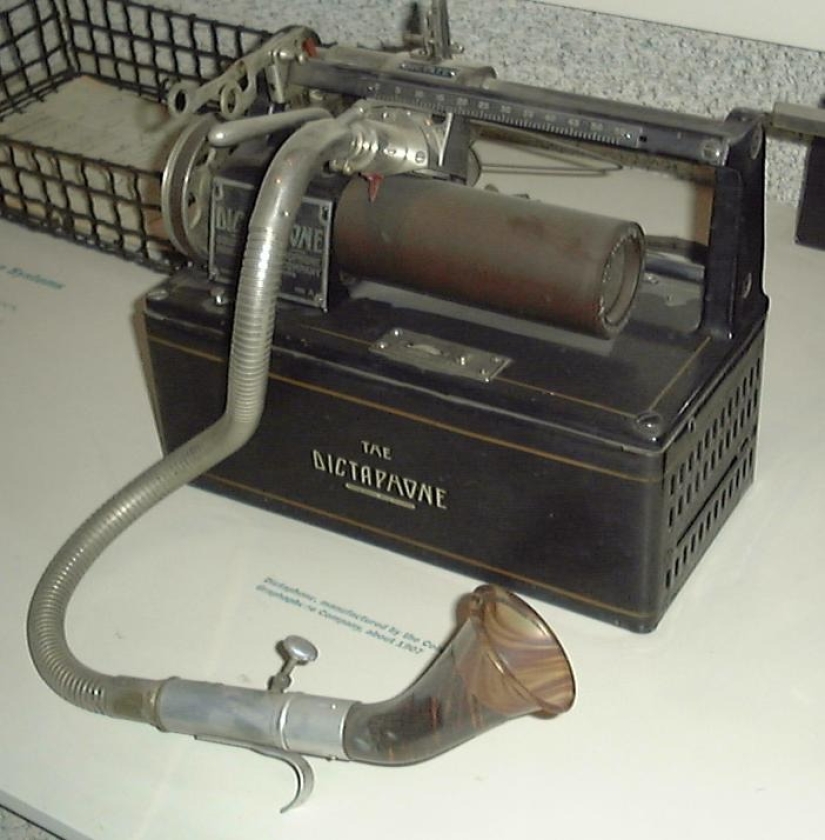
The "dictating machine" on wax rollers was proposed by the inventor of the phonograph T. A. Edison. Later analog voice recorders are, as a rule, a tape recorder with additional functions that facilitate dictation, transcription and reprint.
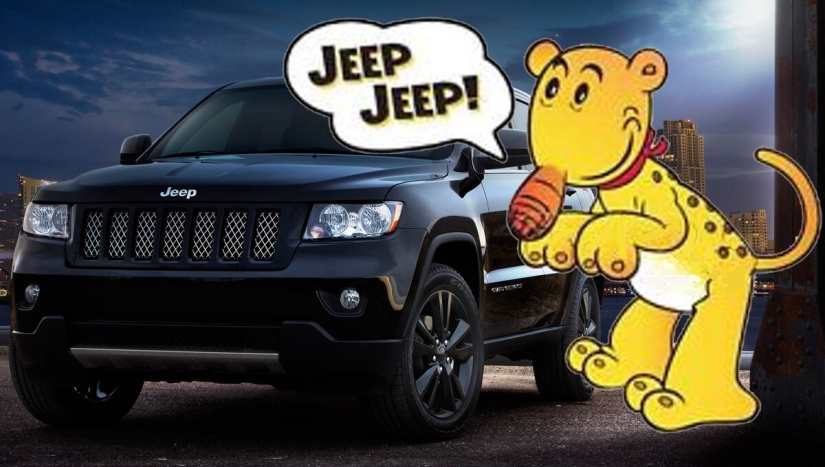
The word comes from the Dictaphone trademark, owned by the American company Columbia Phonograph since 1907. Dictaphone has changed hands many times in its history, and is now part of Nuance Communications in Massachusetts.
Initially, the common name "jeep" was the name of the trademark. Today it has become customary to call any SUV a jeep. The strange name is associated with a comic book released in 1936. One of the heroes of the "graphic novel" was named Eugene Jeep. A fabulous animal with an unusual appearance was very fond of readers. Soon, awkward people and strange equipment began to be called by his name.
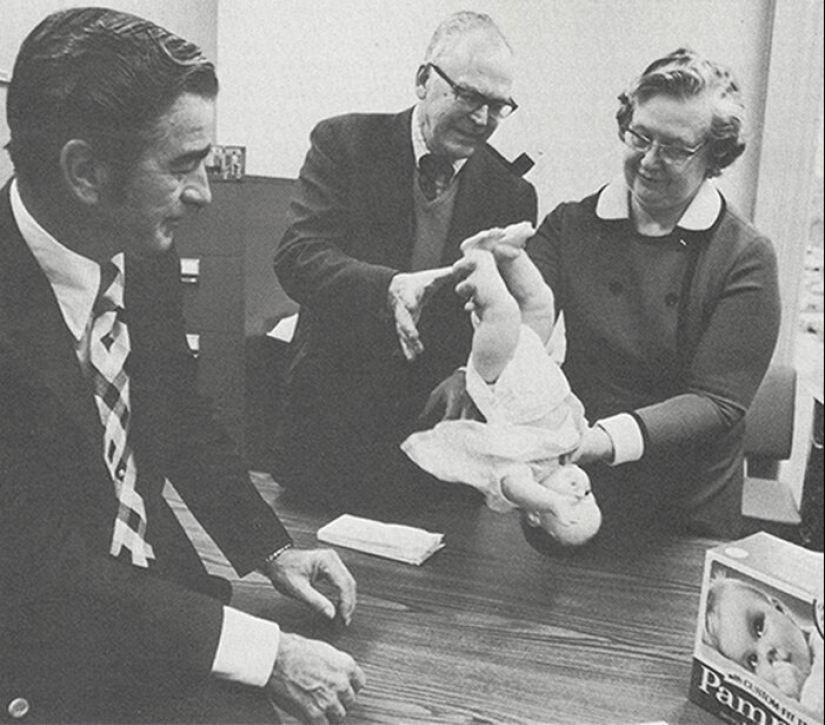
In 1936, the Halliburton Company car brand introduced a new line of civilian SUVs called "Jeep". Thereby securing the nickname from the comic book for semi-trucks and passenger SUVs. Jeep unsuccessfully tried to insist on the correct name of the cars. The new word quickly caught on in many countries. Today, many people, without thinking about the brand of the car, habitually call SUVs jeeps.
The word "diaper" is gradually disappearing from everyday use. Modern mothers and grandmothers call this item of children's hygiene a diaper. This is the name of a well-known brand that produces disposable diapers.
The history of modern diapers began in 1961, when the American company Procter & Gamble has released the first batch of disposable diapers with a moisture-absorbing layer. The invention belongs to technologist Victor Mills, who happened to take care of three young grandchildren. By the way, at that time waterproof diapers with a hollow pocket for diapers were produced. Grandpa was so tired of washing diapers that he was determined to change the situation.
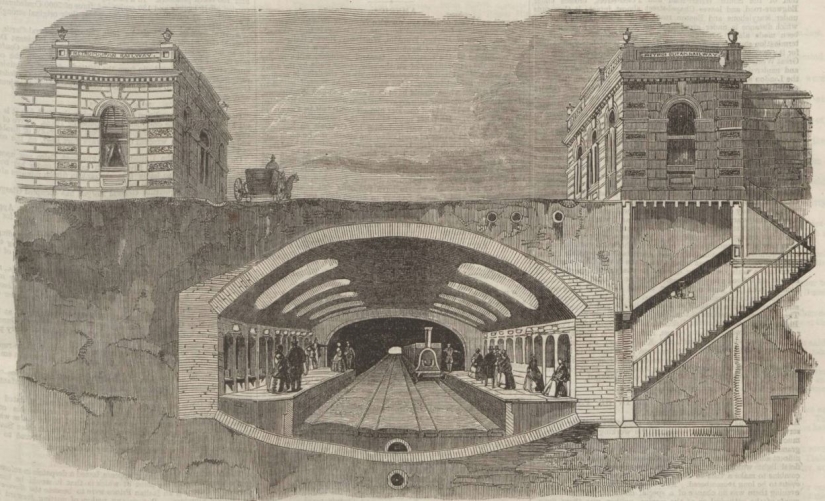
Later Procter & Gamble has launched the production of wet wipes and other baby hygiene items under the general brand "pampers". The word has two translations: pamper and diaper. Conservative-minded grandmothers believe that the word pampers means "pamper". Pampering, first of all, refers to modern parents who do not want to bother with endless washing of diapers. Buyers, regardless of the brand of the manufacturer, began to call diapers of any manufacturers a new word.
Residents of many countries use the word "metro" to refer to an underground railway. Interestingly, it was formed from the name of the trademark. In 1863, the Metropolitan Railway Company built the first subway. The brand name literally means "Metropolitan Railway".
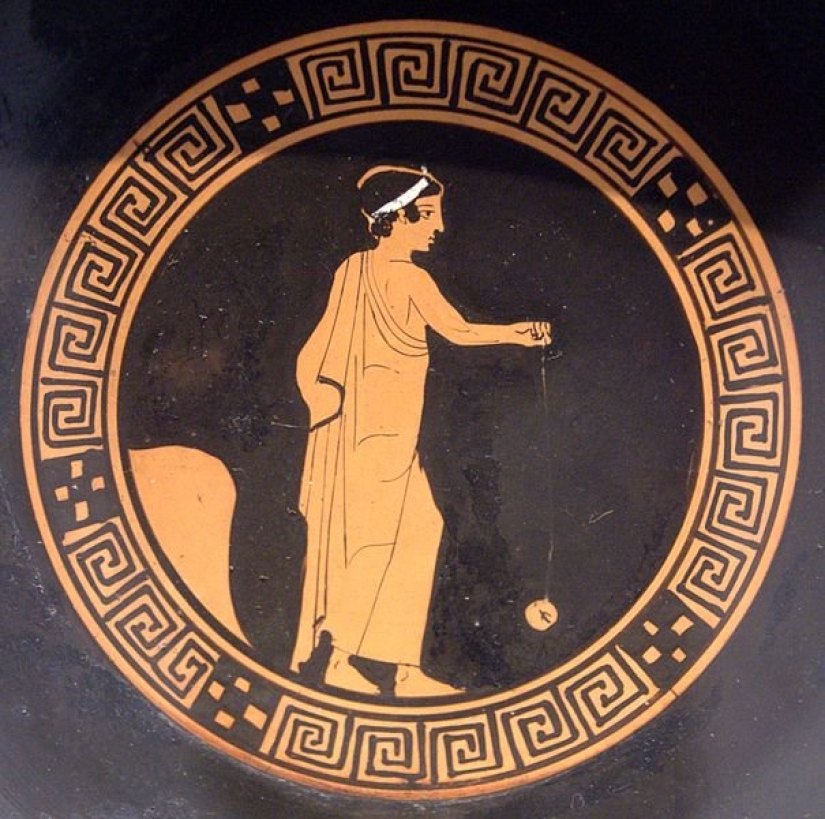
Punctual Englishmen, meaning the subway, use the word underground. The French were the first to transform the company name into a household name. The company that built the subway in Paris was called Metropolitan, which means "metropolitan". Soon the name was shortened to "metro". The new word has become widespread throughout Europe and in Russia.
Yo-yo, a flywheel on a string, belongs to one of the most ancient toys in the world along with a doll. This thing is at least 2500 years old, because the history of yo-yo goes back to the times of Ancient Greece. This fact is confirmed by a vase that has come down to our time, on which a man with a yo-yo is painted. In addition, similar clay toys made at the same time were found.
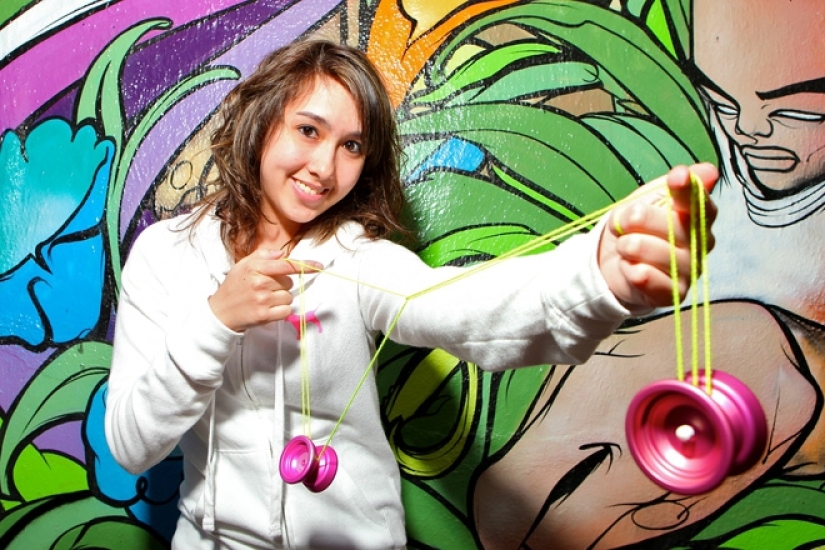
Yo-yo got its name in 1928 in honor of Yo-Yo Manufacturing Company. In 1920, the first factory for the production of this toy appeared, located in the city of Santa Barbara in the USA. It was opened by Pedro Flores, who found a prototype of this game in the Philippines and brought it to the States.
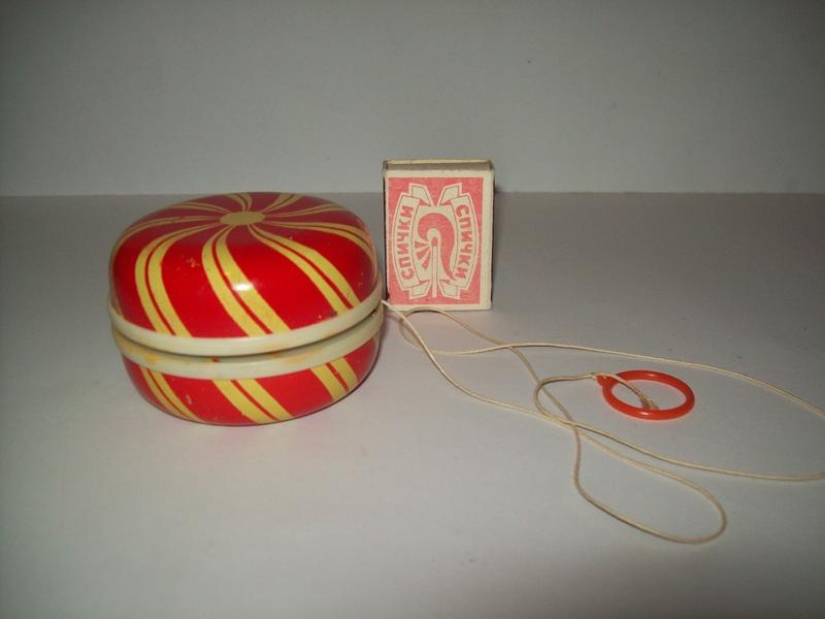
In 1928 , businessman Donald F. Duncan saw Pedro for the first time, performing tricks with a yo-yo, and a large crowd of people gathered around. Duncan predicted a great success for this toy and bought not only a patent for it, but also Flores' company.
Duncan's factory produced about 300,000 yo-yos daily. At first they were wooden, and then they began to use plastic. The materials were improved, the mastery of the toy was also improved. Sales were growing at a tremendous rate.

By 1962, a record number of toys had been sold, about 45 million, in a country where there were 40 million children. The popularity of the yo-yo grew so much that in 1965 the court gave permission to all companies producing it to call their toys "yo-yo". This name has spread so widely that it has already become part of the language.
Recent articles

Girls from our collection could easily compete for the title of "Miss universe". And this despite the fact that they are all ...

Young Milla Jovovich in the arms of Michael Jackson - this shot from almost thirty years ago, published on the actress’s ...

From explosions at the slightest collision to endless drifts without a scratch, cinema has long since devised its own laws of ...